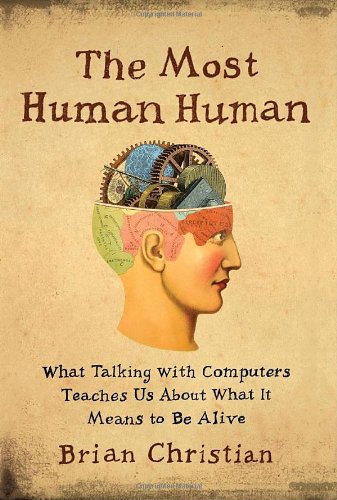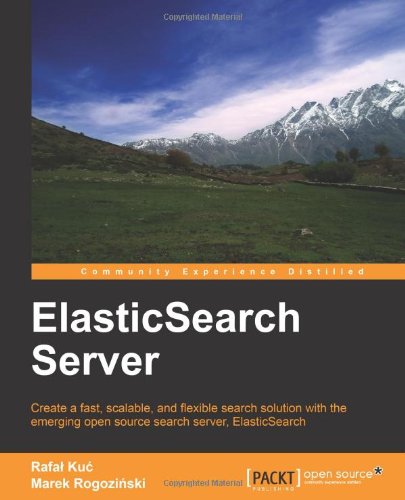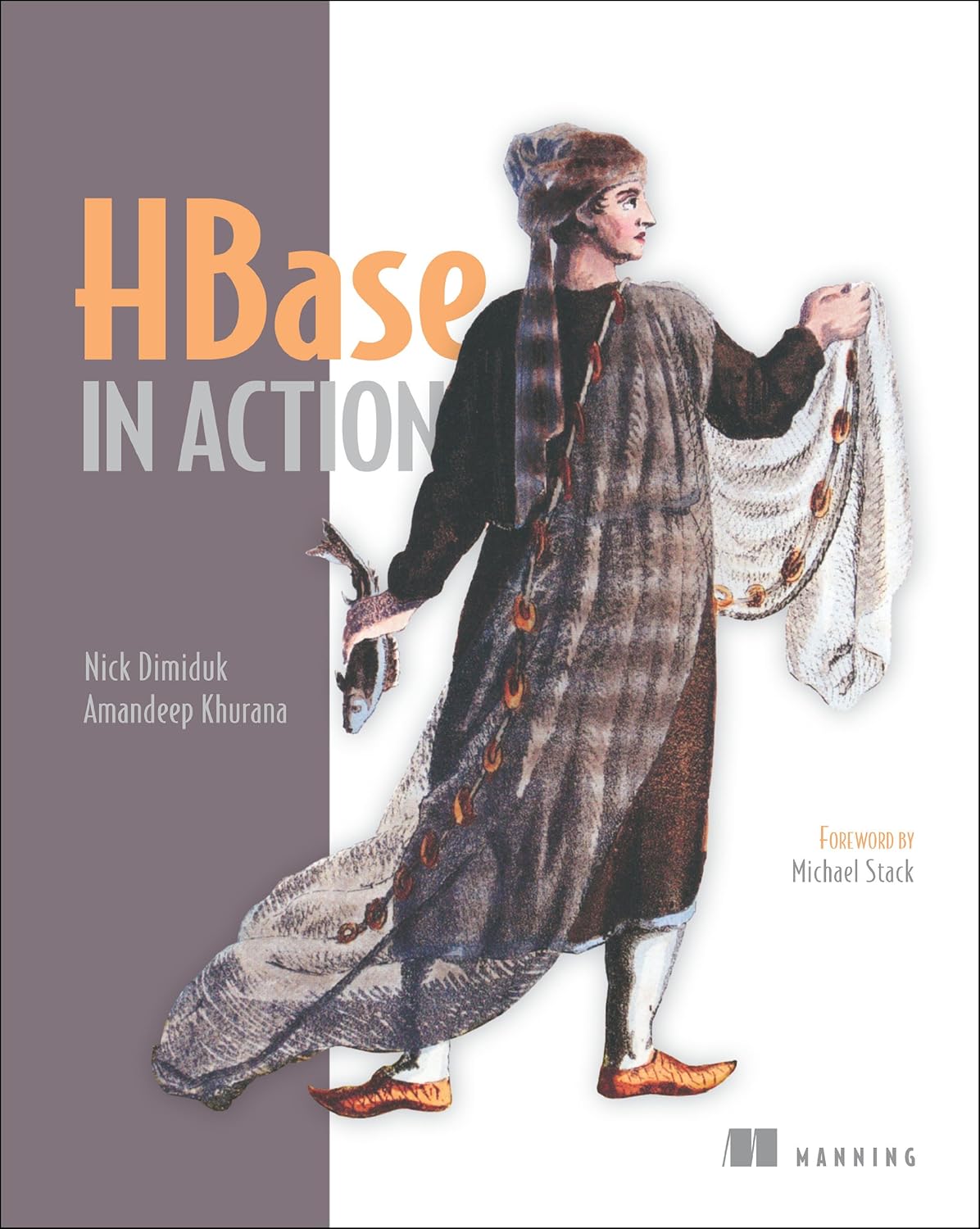
- Bigtop is a project for the development of packaging and tests of the Apache Hadoop ecosystem.
The primary goal of Bigtop is to build a community around the packaging and interoperability testing of Hadoop-related projects. This includes testing at various levels (packaging, platform, runtime, upgrade, etc...) developed by a community with a focus on the system as a whole, rather than individual projects.
You just need to make sure you to meet all the requirements and follow the steps correctly. I've done this for CentOS 6.3 64-bit and worked fine.
Requirements - http://bigtop.apache.org/
Install Steps - https://cwiki.apache.org/confluence/display/BIGTOP/How+to+install+Hadoop+distribution+from+Bigtop+0.6.0
The latest version is 0.7.0, so for the first step, I did this:
- sudo wget -O /etc/yum.repos.d/bigtop.repo http://bigtop.s3.amazonaws.com/releases/0.7.0/redhat/6/x86_64/bigtop.repo
- sudo yum install hadoop\* flume-* mahout\* oozie\* whirr-* hive\* hue\*



















